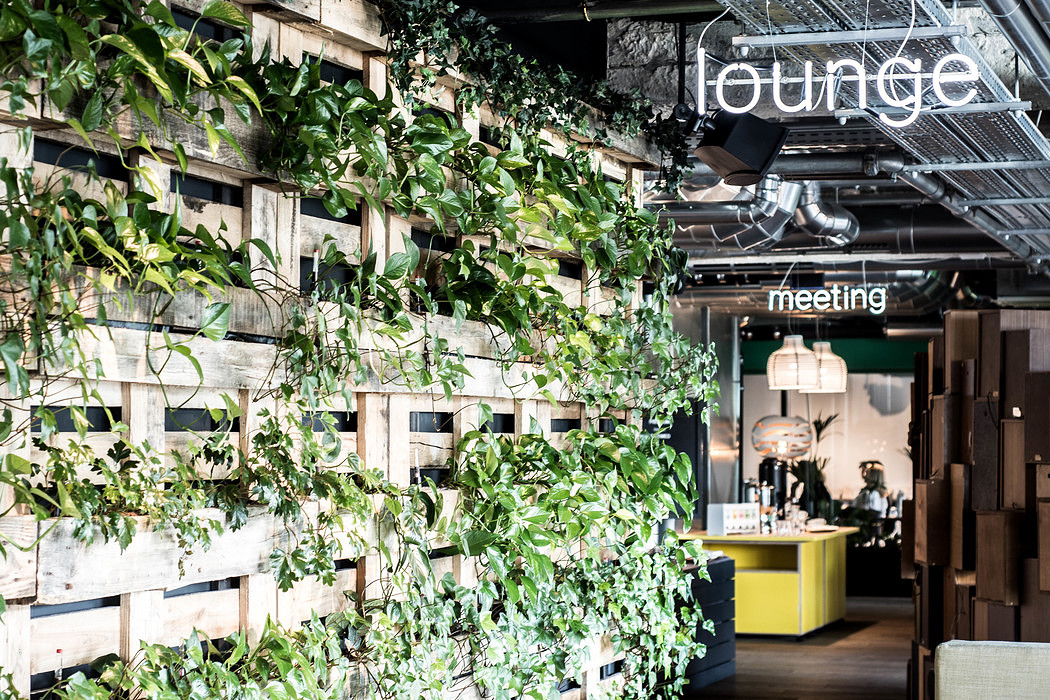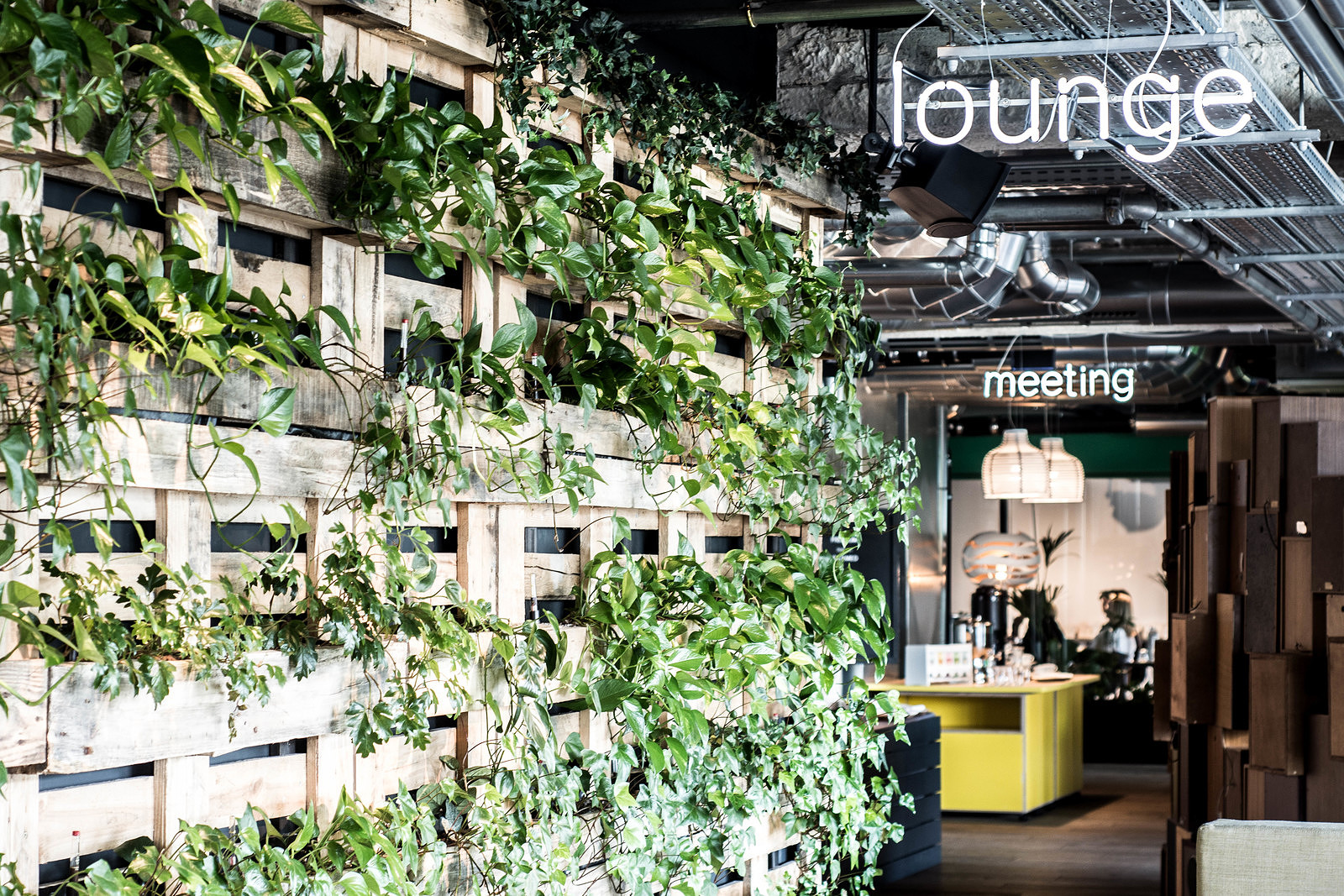25hours Hotel
A Beacon of Postwar Modernism


Berlin’s first 25hours Hotel is a staggeringly unique design, adapted creatively into its location and rich in history.
The hotel has been open now since 2014, the result of carefully designed post-war architecture at the centre of the Zoo, and also includes Bikini Berlin, the ‘Zoopalast’ and two adjoining office buildings.
During 1948-1952, the US pledged its support to much of Western Europe and Germany with over 129 billion dollars designated to reconstructing the economy. Taking part in this economic recovery in 1957 was the ‘Zentrum am Zoo’, where the main building was primarily intended for textile production and sales. Forty-five years later the complex was sold and in 2010 finally began to see extensive renovations take place.
Under the nickname ‘Urban Jungle’, a team developed by designer Werner Asslinger incorporated 25hours with a complete Berlin-based design concept and intent to be interpreted in two different ways.
The top floor of the building demonstrates perfectly this juxtaposition with the surrounds of two starkly dissimilar locations. It’s here where guests can look at one half of the room directly into the monkey enclosure of the Berlin Zoo, however when looking to the rooms on the south side, there lies the middle of the bustling Kudamm shopping district. Additionally two famous landmarks - the Zoo and the Kaiser Wilhelm Memorial Church also surround the 25hours Hotel, again offering the two moods of nature and culture, which are also reflected in the design.
Rooms in the 25hours facing the monkey enclosure experience quite the ‘jungle fever’ during their stay. Timbers, greenery and exotic colours dominate these rooms, as does a hammock, oh so invitingly ushering you over to relax and enjoy the party of monkeys.
The room-plan features an open bathroom, directly opening into the bedroom, just as you would find in a tropical hut at a far away resort. Pendant lighting by Baulmann also features in the Jungle suits, flooding the room in the evening with a beautiful light.
Sitting on the other side of the building sits their Urban counterpart where guests are welcomed to concrete flooring and a wave of muted colours. Bikes by Two Wheels Good are on standby for anyone wishing to explore the city in a truly urban way. Berliner bicycle furniture studio Mikili has specially designed the model ‘Gipon’ with solid wood oak, the perfect display on which the bikes are hung. Perhaps one of the best features of the ‘L’ Urban Suite is a Bluetooth bathtub from Kaldewei, where guests can stream music underwater and literally immerse themselves in their favourite song. The rooms contained in both the Jungle and Urban concepts fall under categories M, L and an further XL size for the Urban suite only.
The 25hours Berlin offers ten floors with a variety of venues that are open to all visitors. The centre of the building situates a living room named ‘Bikini Island’ and a DJ’s corner, used mainly for events. The island sofa offers guests a variety of uses, according to their needs, and creates the feeling of a newly modern inspired home decor with its openness and versatility. Parts of the ‘Island’ are made up of stools and tables that can also be found upstairs in the Monkey Bar. The bar is famous for its excellent drinks list and 360° view from the terrace overlooking the city. Opposite the bar leads guests to Neni restaurant, an immensely jungle-inspired greenhouse where an array of cuisines can be enjoyed. For just 10€ a day visitors can experience the Fitness Centre, and the sauna free of charge.
Additionally to the wellness centre there are three conference rooms for hire, freely accessible computers for work or research and a ‘GESTALTEN’ Kiosk, where you will find great coffee, snacks and interesting lifestyle publications from Berlin Creative Publishing.
The hotel welcomes visitors to journey for free through the building as well as a full day’s worth of opportunities to relax and explore. It’s the travel and hotel experience of a new kind, and one Berlin has craved in its fresh and creative ways.
So why is the Bikini called Bikini you may ask?
The term is abbreviated from the fifties name ‘Bikinihaus’ when the building was split into two parts on the second floor by an existing column. It was a time Berlin had recently been introduced to a new trend of swimwear for women: the bikini of course!